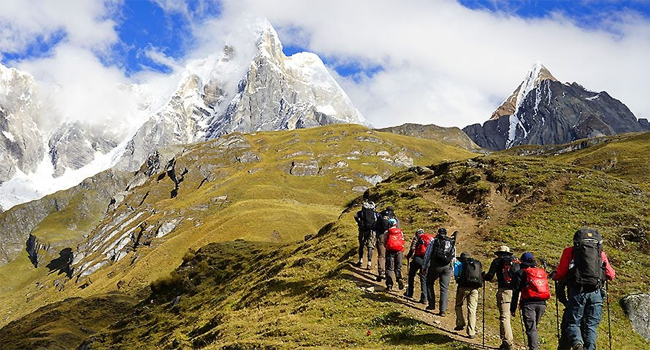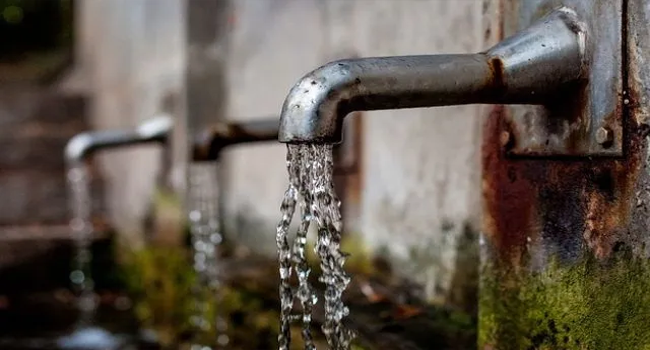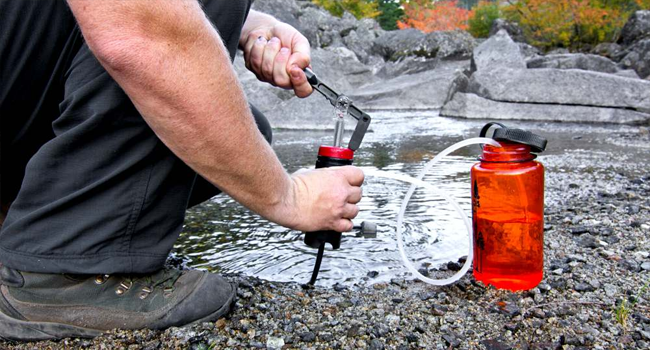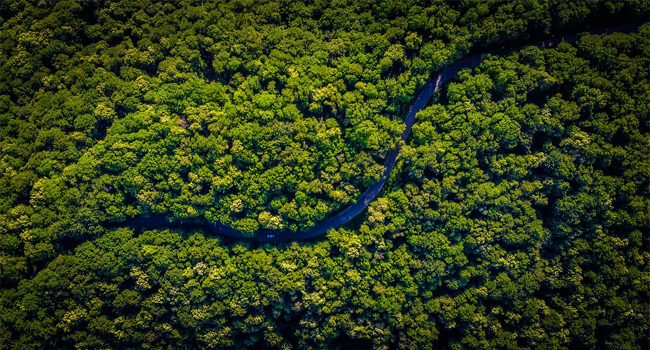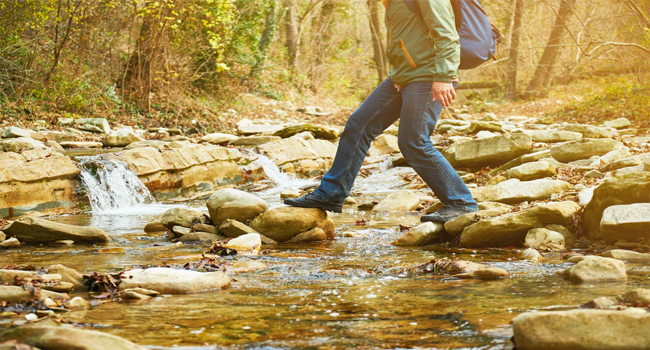
Introduction
In the wilderness, water is your lifeline. Access to clean water is crucial whether you’re on a backpacking adventure, camping trip, or surviving an unexpected situation. However, in nature, water sources can be contaminated with various impurities, posing serious health risks. This comprehensive guide will delve into the essential techniques and tips for purifying water in the wild, ensuring your hydration is safe and reliable.
Understanding the Risks
Waterborne diseases like giardia, cryptosporidium, and bacteria like E. coli can lurk in seemingly pristine streams. These microorganisms can lead to severe gastrointestinal issues, dehydration, and other health complications. To avoid these risks, adopting effective water purification strategies is imperative.
Boiling Water
One of the most straightforward and time-tested methods of water purification is boiling. This method is simple, requiring only a heat source and a container. However, it may not eliminate certain chemical contaminants.
Water Filtration
Water filtration systems are a popular choice among outdoor enthusiasts. These devices use physical barriers to remove particles, bacteria, and protozoa from water. Portable filters with ceramic or hollow fibre membranes are lightweight and efficient. However, they might not effectively remove viruses or certain chemicals, so it’s essential to choose a filter that suits the specific conditions of your environment.
Chemical Water Treatment
Chemical water treatment involves using purification tablets, liquid chlorine dioxide, or iodine solutions. These chemicals are effective in neutralizing bacteria, viruses, and protozoa.
UV Water Purification
Ultraviolet (UV) water purifiers use UV light to destroy the DNA of microorganisms, rendering them harmless. Compact and easy to use, UV purifiers are effective against bacteria, viruses, and parasites. However, they rely on battery power, which may pose a challenge in remote areas without access to electricity.
Solar Water Disinfection
Harnessing the sun’s power, solar water disinfection (SODIS) is a cost-effective and eco-friendly method. Simply place a clear plastic or glass water container in direct sunlight for six hours (or longer on cloudy days) to allow solar radiation to kill pathogens. While this method is accessible, it may not be practical in overcast conditions or during the evening.
Wilderness Water Safety Tips
Source Selection: Choose water sources wisely. Avoid stagnant or visibly contaminated water, and opt for flowing streams or springs when possible.
Pre-filtering: Before using purification methods, pre-filter water to remove debris and sediments. This can enhance the effectiveness of other purification techniques.
Carry Multiple Methods: Be prepared for different scenarios by combining water purification methods. This ensures flexibility based on the availability of resources and environmental conditions.
Regular Maintenance: Keep your purification equipment clean and well-maintained. Filtration systems, in particular, may clog over time, reducing their effectiveness.
Water Storage: Carry sufficient water storage containers to collect and store purified water. This ensures a stable supply during periods of limited access to water sources.
Additional Considerations
While water purification primarily focuses on eliminating harmful microorganisms, it’s essential to consider other potential contaminants. Chemical pollutants, heavy metals, and industrial waste can be present in water sources, especially in areas close to human activity. In such cases, awareness and additional precautions become paramount.
Activated Carbon Filters
Consider using water filters equipped with activated carbon to address chemical contaminants and improve taste. Activated carbon effectively absorbs impurities, chemicals, and odours, enhancing the overall quality of the water. This can be particularly useful in areas where water sources might be affected by industrial or agricultural runoff.
Local Knowledge
If you’re exploring a new wilderness area, tap into local knowledge. Indigenous communities and experienced outdoor enthusiasts often have valuable insights into local water sources’ specific challenges and characteristics. Understanding the unique aspects of your environment can inform your water purification strategy.
Leave No Trace Principles
In your pursuit of water purification, it’s crucial to adhere to Leave No Trace principles. Dispose of waste properly, and if possible, carry out any used water purification materials to maintain the integrity of the ecosystem.
Adaptability
Nature is unpredictable, and conditions can change rapidly. Being adaptable and resourceful is key to successfully navigating water purification challenges in the wild.
Community Responsibility
If you’re part of a group or community in the wilderness, emphasize shared responsibility for water purification. This not only enhances safety but fosters a sense of camaraderie and mutual support.
Continuous Learning
The field of water purification is dynamic, with ongoing research and advancements. Stay informed about the latest developments in water purification technologies and techniques. Continuous learning ensures you remain well-equipped to handle evolving challenges and make informed decisions about the water you consume in the wild.
Case Studies: Real-world Applications
Let’s delve into a few case studies highlighting the practical applications of water purification techniques in diverse wilderness scenarios.
Case Study 1: Mountainous Terrain
Imagine you’re on a high-altitude trek, surrounded by snow-capped peaks and pristine alpine lakes. Boiling water may require more fuel due to lower oxygen levels, and solar disinfection might be less effective in the shadow of towering peaks. In such a scenario, a compact UV purifier powered by portable solar panels could be a game-changer, providing quick and reliable water purification without relying solely on traditional methods.
Case Study 2: Desert Expedition
Picture yourself in a vast desert landscape with scorching temperatures and limited water sources. Boiling may be energy-intensive, and shade for solar disinfection might be scarce. Here, a combination of water filtration and chemical treatment becomes crucial. A lightweight filtration system paired with chemical tablets offers a comprehensive solution, ensuring you can efficiently handle sediment and microbial contaminants in the water.
Case Study 3: Coastal Wilderness
A desalination method becomes essential for those exploring coastal wilderness areas where saltwater intrusion is a concern. While traditional water purification methods are ineffective against salt, carrying a portable desalinator can provide a sustainable source of freshwater. This showcases the importance of tailoring your purification strategy based on the specific challenges posed by your environment.
Case Study 4: Forested Regions
Water sources might be abundant in dense, forested regions, but the risk of contamination from organic matter is high. Filtration systems emphasizing removing particulate matter, combined with occasional boiling or chemical treatment, can be a pragmatic approach. It’s a balance between harnessing the natural beauty of forested landscapes and ensuring the safety of the water you consume.
The Evolution of Water Purification Technologies
Over the years, water purification technologies have evolved, driven by scientific advancements and the growing demand for efficient, portable solutions. Researchers are exploring innovative materials for filtration, improving the efficiency of UV purifiers, and developing compact yet powerful desalination devices.
Conclusion
Surviving in the wild demands preparation and knowledge, especially regarding water purification. Whether you prefer the simplicity of boiling, the convenience of filtration, or the innovation of UV purification, the key is to stay hydrated and safe. With the ultimate guide to water purification in the wild, you’re ready to conquer nature’s challenges and embrace the beauty of the great outdoors.
